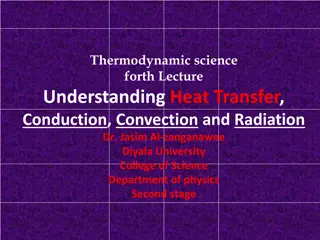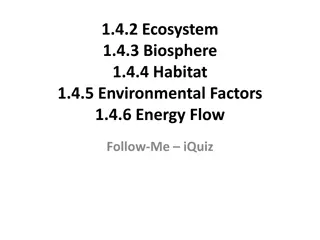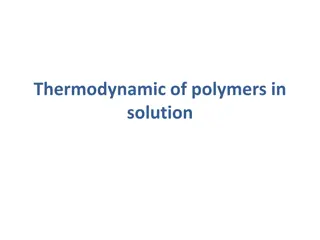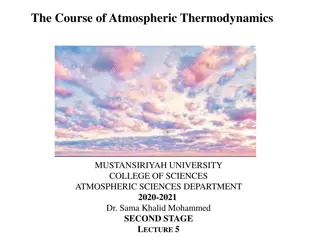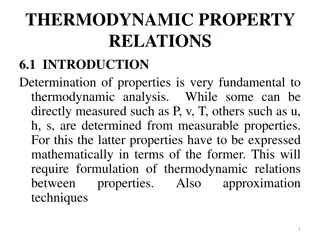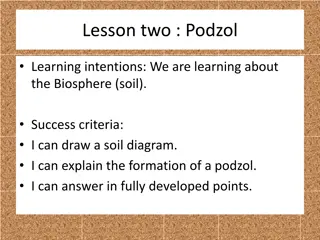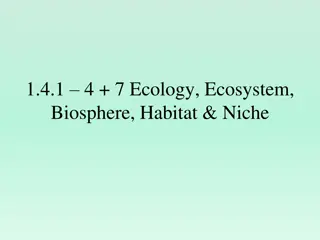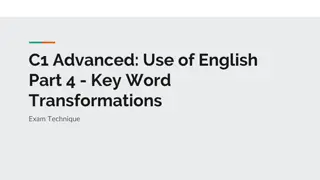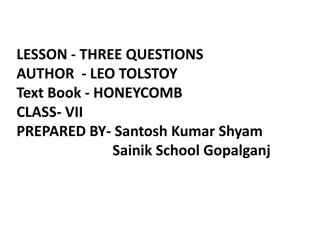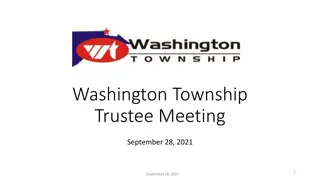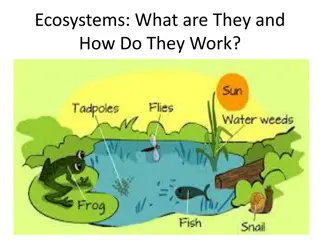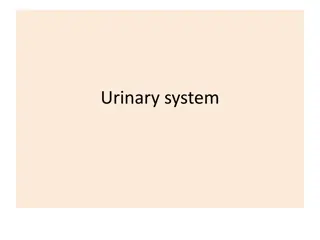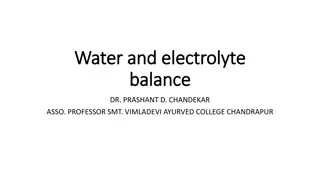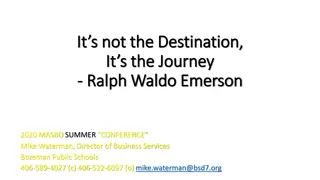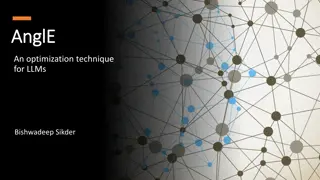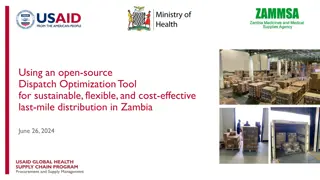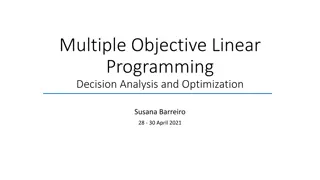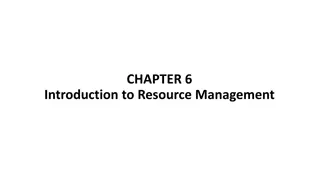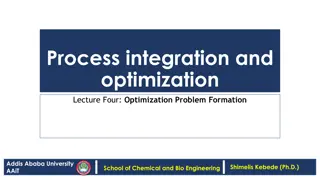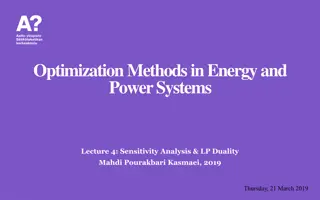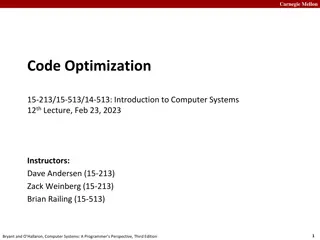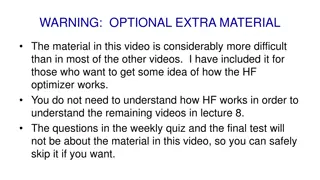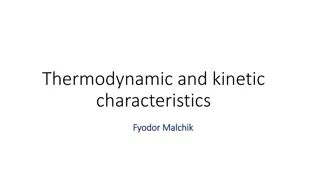Optimization of Thermodynamic Balance Control in LEO Biosphere 2
The Landscape Evolution Observatory (LEO) within Biosphere 2 is a groundbreaking research site using advanced sensors to monitor and study water, carbon, and energy cycling in artificial landscapes. A team is working on optimizing thermodynamic control systems to maintain stable temperatures in LEO's bays. With a focus on factors like solar radiation, cloud cover, and the greenhouse effect, the goal is to enhance the efficiency of temperature regulation for the complex ecosystems within LEO. Visit the official website for more information: https://biosphere2.org/research/projects/landscape-evolution-observatory.
Download Presentation

Please find below an Image/Link to download the presentation.
The content on the website is provided AS IS for your information and personal use only. It may not be sold, licensed, or shared on other websites without obtaining consent from the author. Download presentation by click this link. If you encounter any issues during the download, it is possible that the publisher has removed the file from their server.
E N D
Presentation Transcript
Optimization of the thermodynamic balance control in LEO - Biosphere 2 Eli Salay, Joe Ogren, Parker Liu Mentor: Joe Gibney
Biosphere 2 World s Largest laboratory experiment in the interdisciplinary Earth sciences Originally an experiment to research a self sustaining ecosystem with inhabitants to study and study self-sustaining space colonization technologies Construction began in 1984 and was complete in 1986 Was mired in controversy, which led to multiple changes in ownership before University control in 2007/2011 Now it is a University funded research site, with educational tours and multiple projects The Landscape Evolution Observatory, LEO, now functions with three artificial landscapes contained within elaborate steel structures with three adjacent bays
Key Elements of LEO 1800 sensors monitoring water, carbon, energy cycling, and the physical, chemical, and biological evolution of the landscape 30 meters x 11 meters - 500 metric tons of soil Average slope of 10 degrees with a uniform depth of 1 meter Crushed basalt from a Northern Arizona crater, housing pure mineral and abiotic substrate, in addition living microbial communities As the soil, topography, and biological communities evolve to increasingly complex states, LEO allows documentation of how those changes affect water, carbon, and energy cycling within the landscape and atmosphere
Biosphere 2, LEO, and Math 485 Our main task is to try and create a model to optimize the thermodynamic control systems of LEO to provide a stable temperature range for all three bays We had the chance to see the LEO slopes and the associated systems controlling the thermodynamic balance of the bays themselves in a private tour of the facility
Indoor data with all of the systems and sensors Rain, soil and water chemistry Weather - outdoor temperature and cloud cover https://biosphere2.org/research/projects/landscape-evolution-observatory Solar Radiation Greatest effect on temperature Cloud cover actually has more impact than ambient temperature - even in summer Greenhouse Effect Airflow Main factor to control temperature 3 air handlers, each with unique capacities 3 loops of water in each air handler https://biosphere2.org/research/projects/landscape-evolution-observatory
Project Goal Use a mathematical model to simulate the control of the air handlers and their temperatures so that we can keep the soil a constant temperature while minimizing power consumption.
The Details Each slope and accompanying housing has a unique orientation and cooling capacity, so in order to produce the best results, we need the most general model possible
Approach Step 1: Simplify the problem into just blackbody radiation on a given area Step 2: Import complex relations into the problem (i.e. Greenhouse effect, soil absorption) Step 3: Build the mathematical model to simulate air handler effects With Inputs and Parameters Solar Radiation Water Temperature Cool Water Tower, Hot Water Tower, Uncontrolled Tower Water Step 4: Come up with ODE on how temperature changed as a function of the above variables Step 5: Fit the ODE with live data provided by Bio2 through machine learning Step 6: Find the optimized solution for minimum power consumption
Different materials absorb and emit different amounts radiations at different wavelengths Stefan Boltzmann Law Total emittance of a BB is a function of Temp Planck s Radiation Law Spectral Radiant emittance from BB Greenhouse effect model Solar radiation is absorbed and emitted by material At glass interface, some of the heat is transferred outside but much is reflected Fresnel Reflection Hourly Radiation on a tilted plane
Future Potential Automation program Reads live data collected by the weather towel Automatically adjusting air handler to keep the soil at a constant temperature Higher Efficiency and less power usage
Works Cited https://online.arizona.edu/news/join-biosphere-2-research-team-free-online- course https://biosphere2.org/research/projects/landscape-evolution-observatory https://biosphere2.org/research/leo-data Specifications of Photovoltaic Pumping Systems in Agriculture https://www.sciencedirect.com/science/article/pii/B9780128120392000028 https://es.wikipedia.org/wiki/Archivo:Solar_spectrum_en.svg https://en.wikipedia.org/wiki/Stefan Boltzmann_law https://en.wikipedia.org/wiki/Idealized_greenhouse_model


